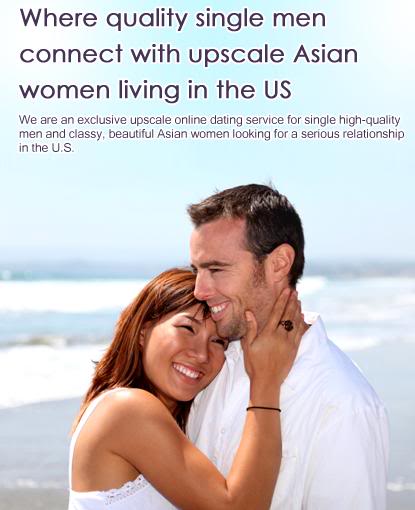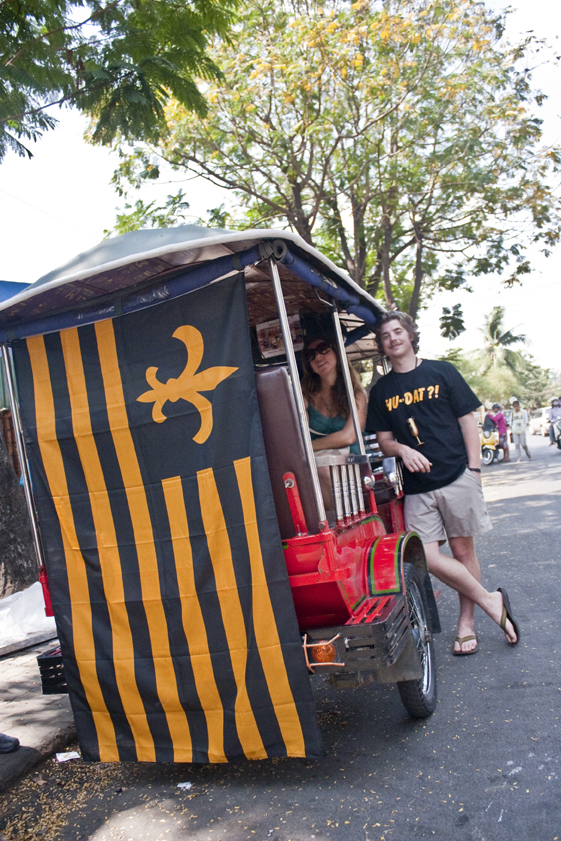..there is strong pressure on India to join the International Union for the Protection of New Varieties of Plants (UPOV) -1991, which would make Indian farmers pawns of multinational companies engaged in crop research. Joining UPOV-1991 would crush farmers’ privileges to share, exchange, and sell plant variety protection (PVP) seeds to other farmersPVP guarantees IP protection to plant varieties developed by agricultural multinationals. The objective of UPOV is to protect new varieties of plants by IP. Harmonisation of PVP across the Asia Pacific region is the aim of developed economies through FTAs, say experts.
Why do we always aim for the high tech solutions? There is certainly value in drought-resistant and salt-tolerant varieties, but many local /native varieties can provide significant increases in yields with improved low-tech techniques. Preserving native varieties and not eradicating them in favor of frankenplants emerging from Big Ag’s R&D pipeline is just plain smart.
Now consider patenting seed varieties in this angle presented in the webzine Grist.com, Are GMOs the ‘financial innovations’ of agriculture?
In a sense, Big Ag — along with the Obama administration — is doubling down on the industrial system we have now: one that is already starting to show signs of stress, from the rise of superweeds along with the price of oil. Monsanto and Syngenta are claiming the ability to genetically engineer all the risk out of agriculture. But in narrowing farmers’ choices to a small set of patented seeds, seeds that must be bought by and distributed to every far-flung farm in the world every year (most of which lack basic infrastructure like, say, roads, and which must grow them according to strict protocols), these companies presume to have managed all the risks, just like the banks did a few years back. They are also presuming that the “Business as Usual” scenario, the world as it exists today, will continue indefinitely; that, in other words, there are no Black Swans hiding in the reeds.
As Salmon describes it for us so clearly, it’s a huge gamble. Only this time we’re not gambling with money — we’re being asked to gamble with our breakfast, lunch, and dinner, and farmers with their livelihoods. That is a bet that none of us should have to take.
The new new imperialisms, one after another, developing as fast as the speed of technology. Governments are now the instruments of protection for corporations rather than the population. That’s certainly the reality in the US given its recent Supreme Court decision giving corporations the same status as people. ASEAN has problems of its own and it won’t even know what hit it.
People really must find ways to organise outside of government solutions. But are citizen organisations fast enough? Time for the Do’s and Don’ts of 21st Century Strategy.






